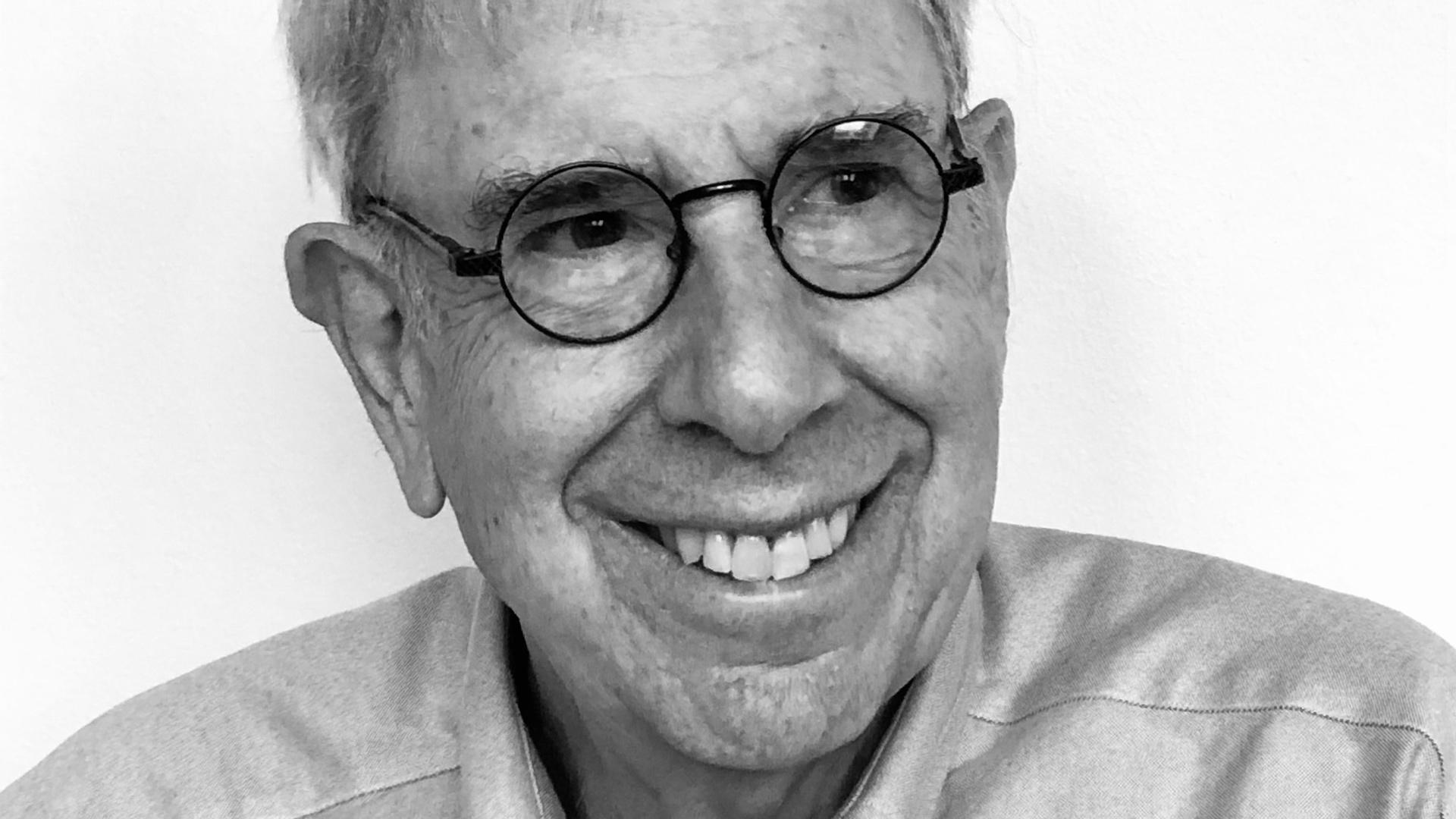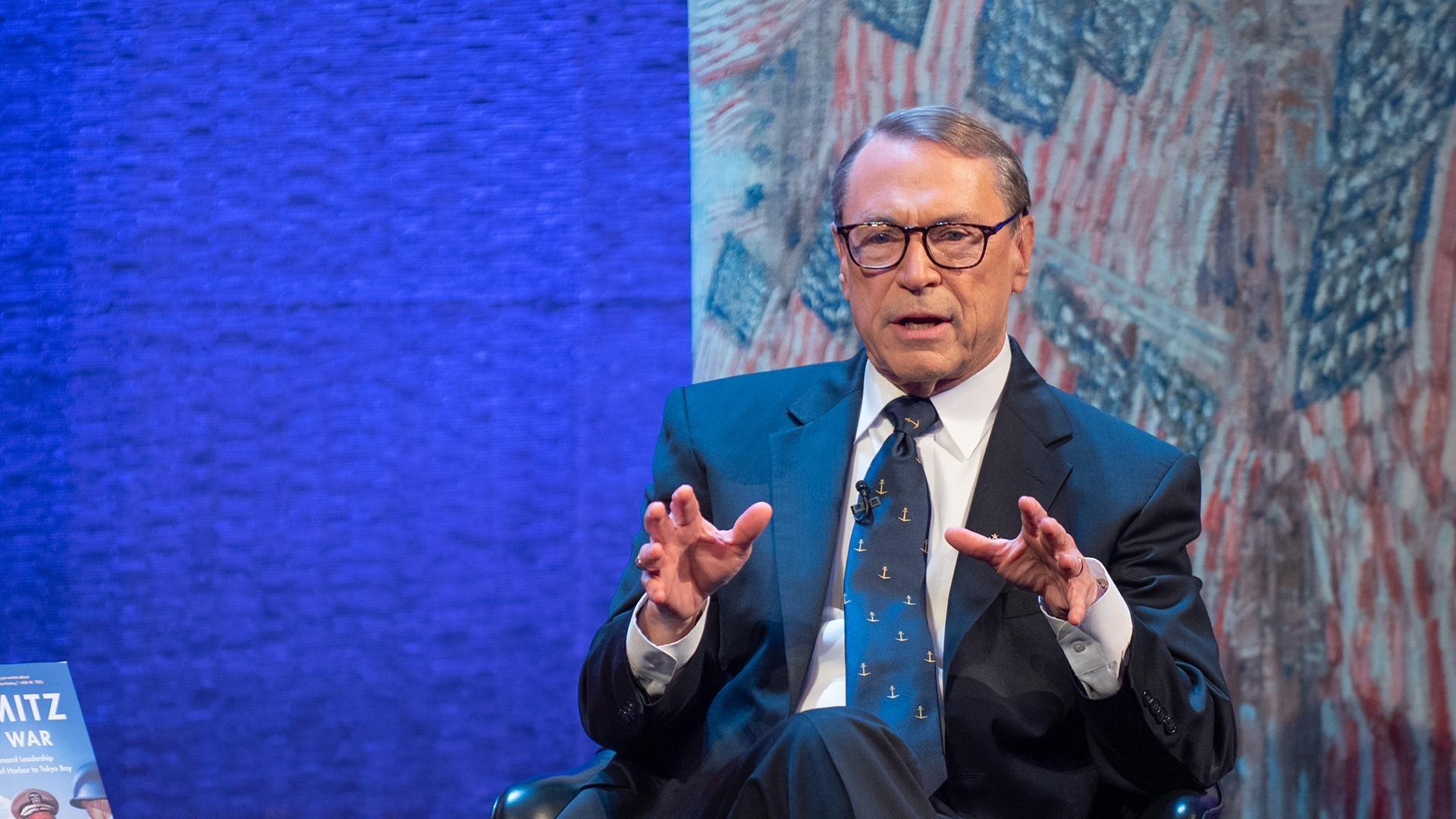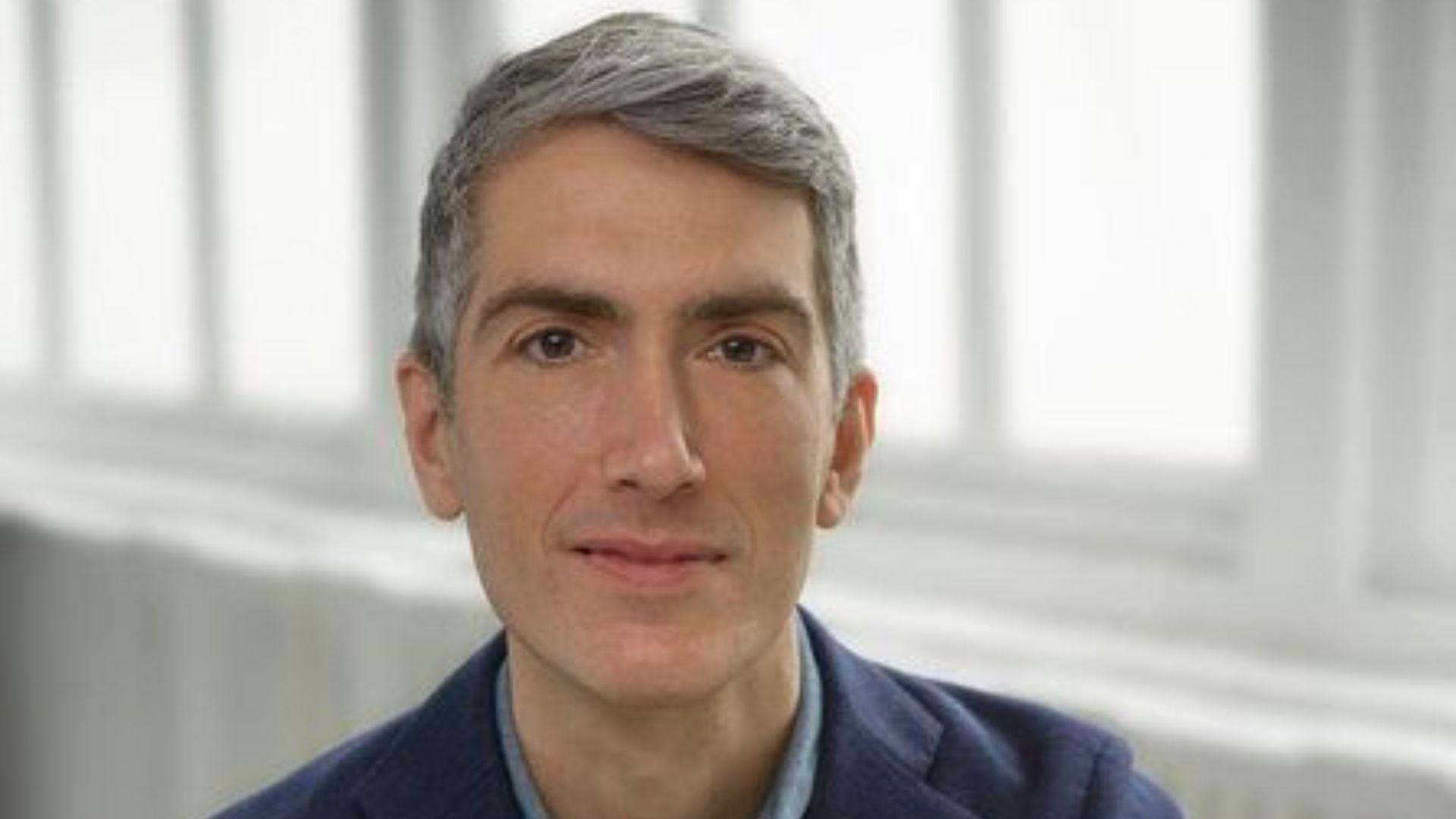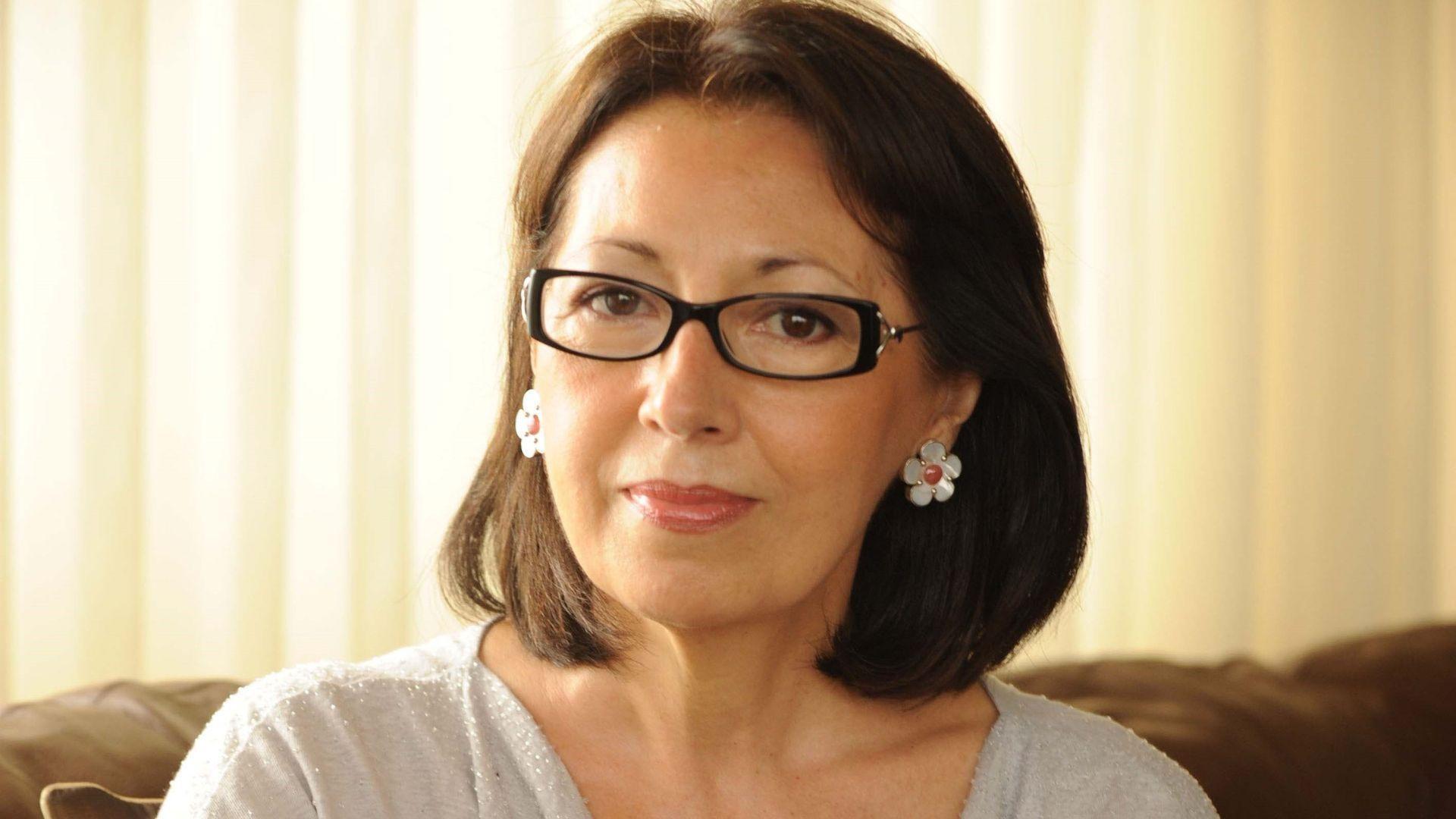
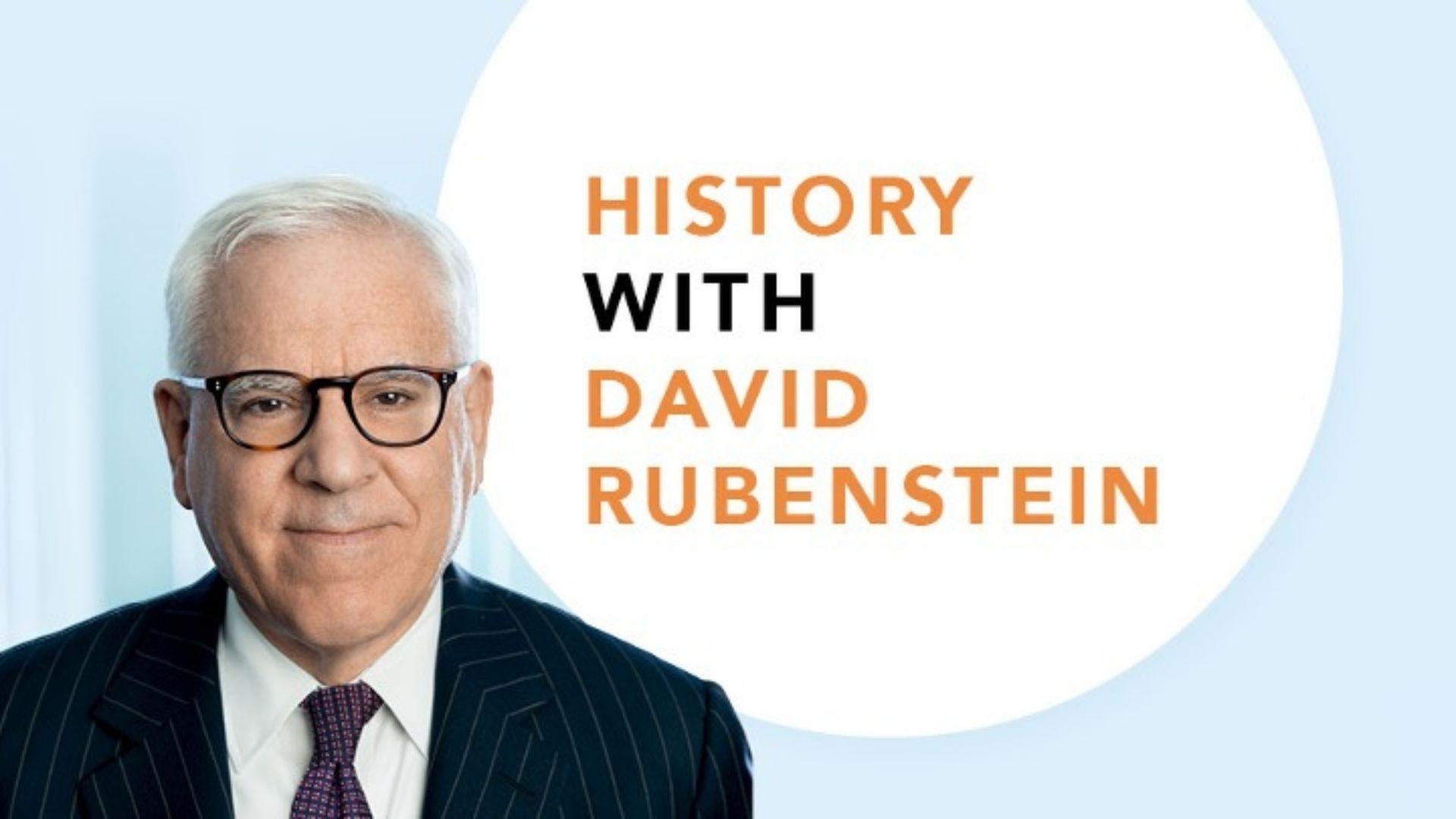
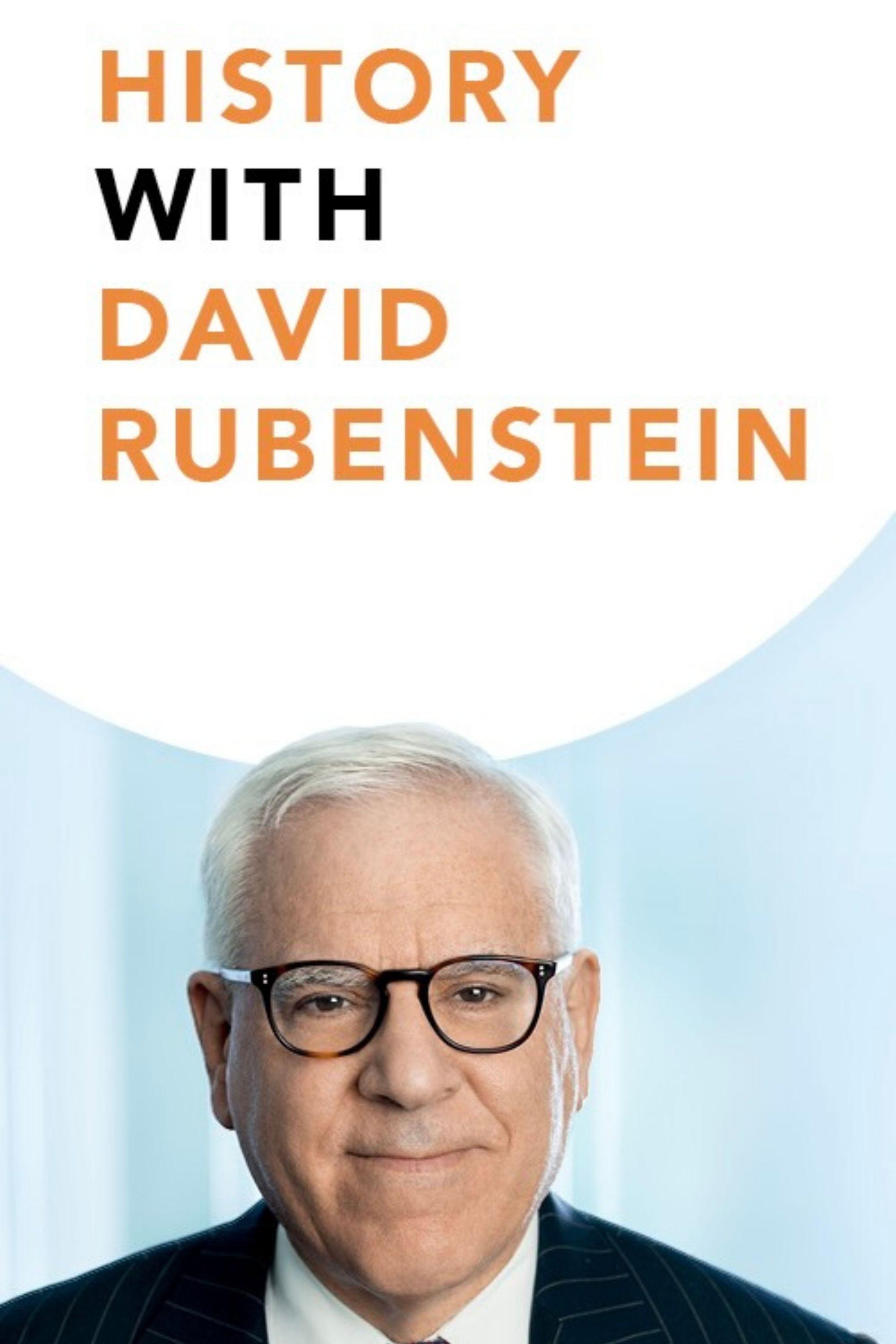
Siddhartha Mukherjee
David Rubenstein’s skillful questioning of acclaimed writers like Robert A. Caro, Ron Chernow, Doris Kearns Goodwin, and many others effectively takes us behind the scenes, enabling a rare insight into the American story and a real sense of how history gets made.
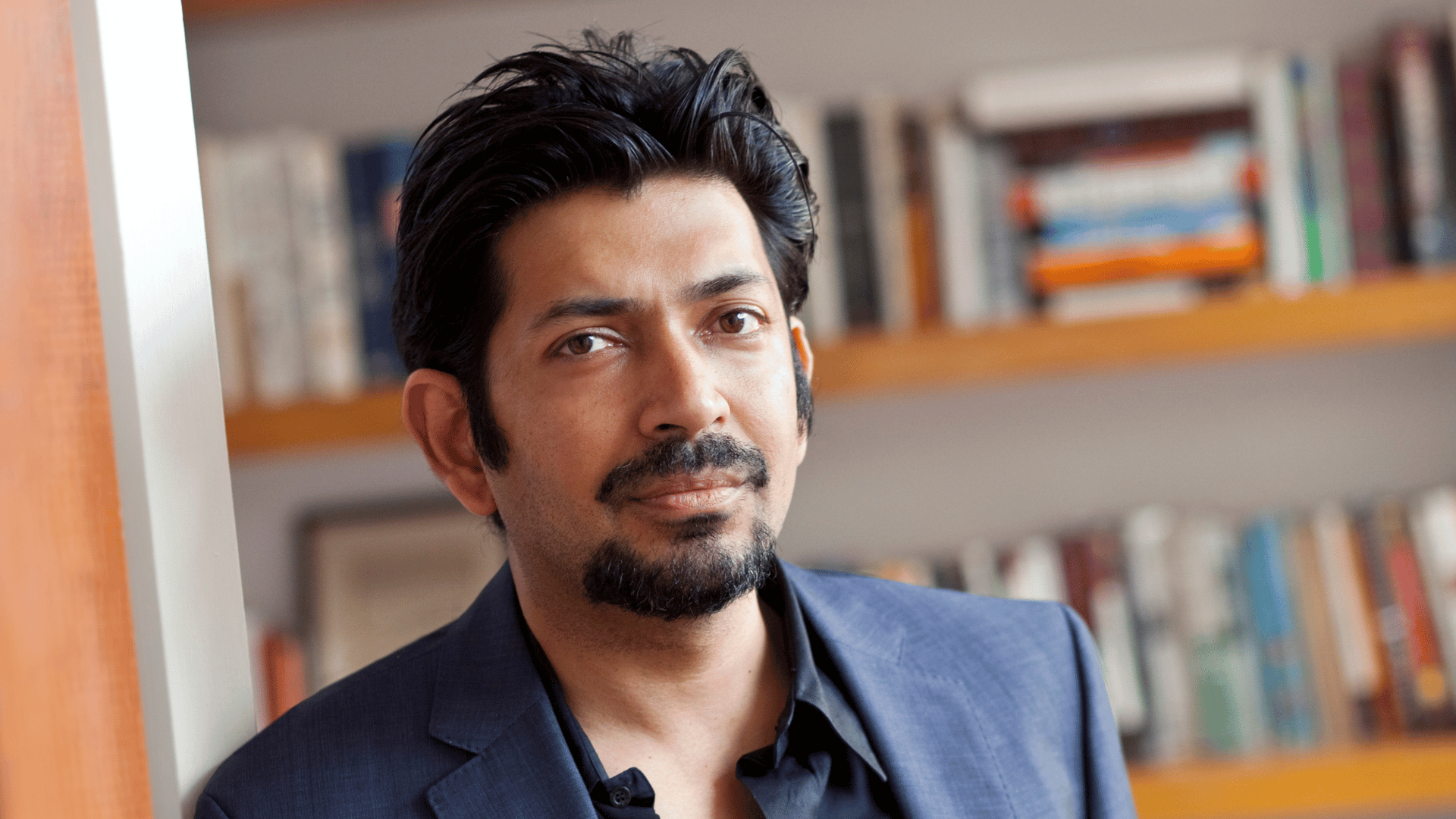
Siddhartha Mukherjee
History with David Rubenstein Episode 4 | 26m 40s | CC
In the late 1600s, separated by the North Sea, English polymath Robert Hooke and Dutch cloth-merchant Antonie van Leeuwenhoek looked through their handmade microscopes. What they saw introduced a radical concept that swept through biology and medicine: complex living organisms are made up of tiny, self-contained, self-regulating units. Hooke christened them “cells.”


